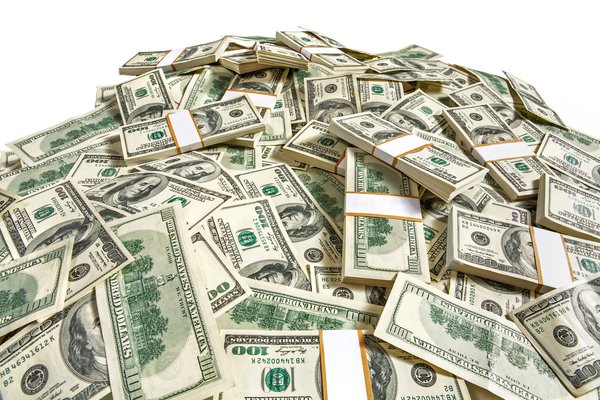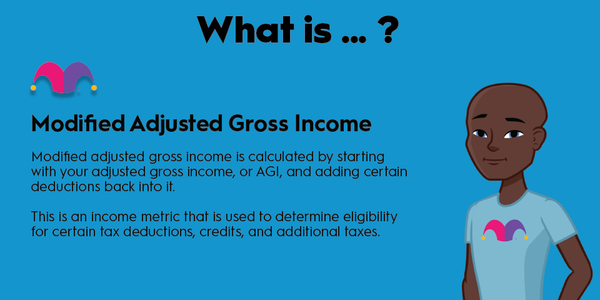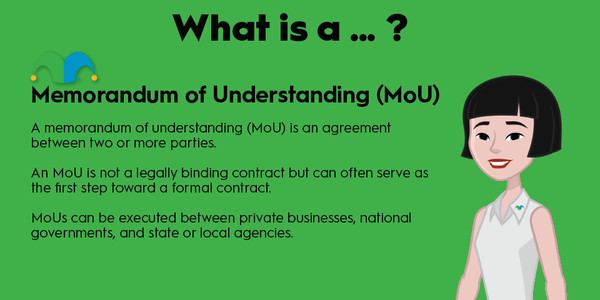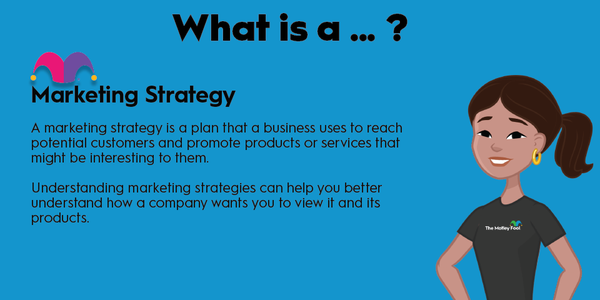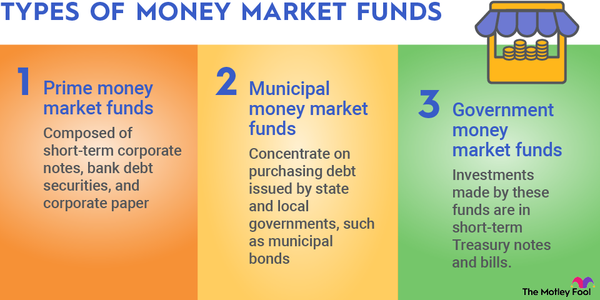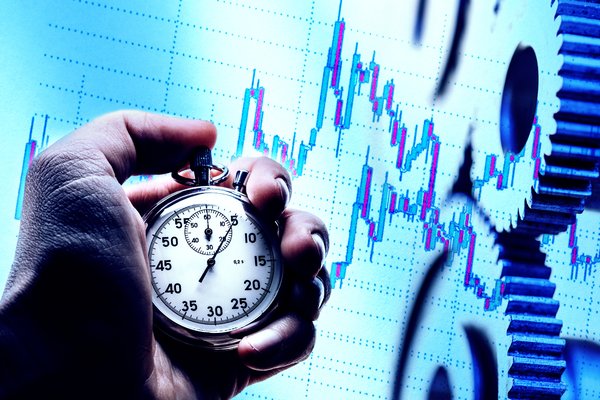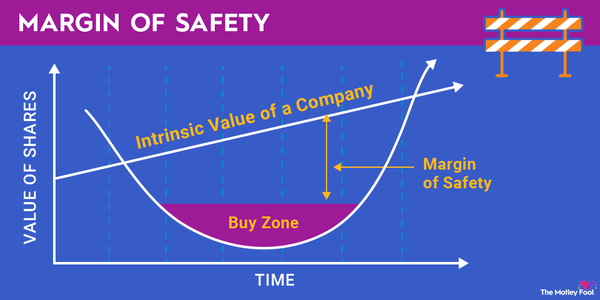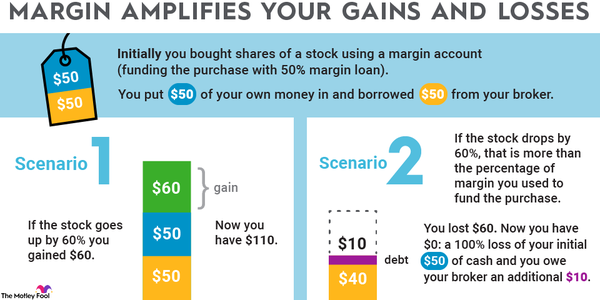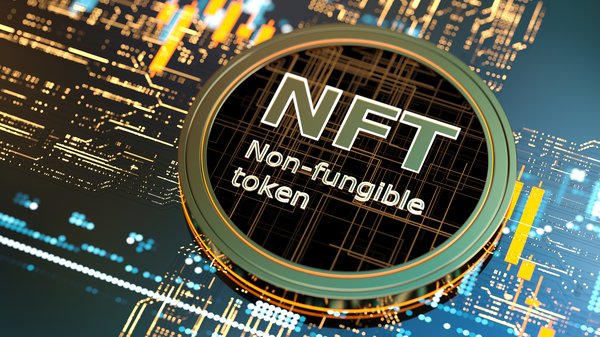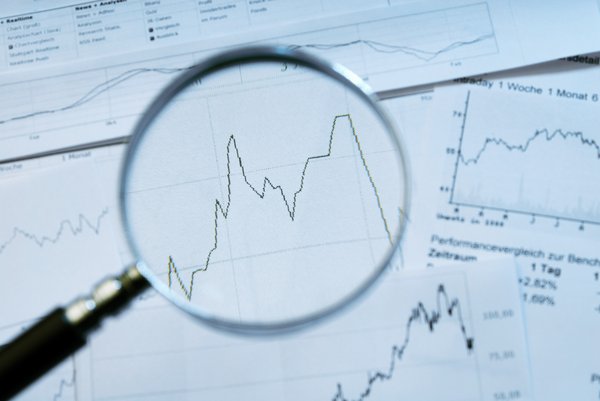Shorthand for "market capitalization," market cap is one way an investor can evaluate how much a company is worth. Market cap refers to the total value of a publicly traded company's shares.
To determine a company's market cap, simply multiply the share price by the number of shares outstanding.

An example of market capitalization
An example of market capitalization
Here's Costco Wholesale (COST -0.29%) as an example. At recent prices, Costco shares sell for $521, with 441.52 million shares outstanding. In this case, $521 times 443.88 million equals a $230.97 billion market cap.
But why is market cap important and how should you use it? It's one of the best measures of a publicly traded company's size, which can tell you a lot about what to expect if you buy its stock.
- Large companies tend to have more stable and mature businesses, having proven themselves over time and weathered difficult business conditions to emerge stronger. However, the growth prospects for large companies can be limited because they've already taken advantage of their primary opportunities to grow to their current size.
- Smaller companies often have more room to grow, but they are typically younger, with riskier business models that haven't yet proved themselves. Their odds of failure can be higher than those of larger companies, which presents added risk.
Here's a quick breakdown of how market cap ranges are often segmented across companies of different sizes:
| Type of Stock | Market Capitalization Range |
|---|---|
| Mega cap | More than $200 billion |
| Large cap | $10 billion to $200 billion |
| Mid cap | $2 billion to $10 billion |
| Small cap | $300 million to $2 billion |
| Micro cap | $50 million to $300 million |
In general, investors look at the market in the following three categories most often since these are the market cap categories most stocks tend to fall into.
What are large-cap stocks?
What are large-cap stocks?
Large-cap stocks have market caps of more than $10 billion. Most of the best-known companies in the world are large caps, and these are typically the companies that have established themselves as the leaders in their industries. While many deal with the ups and downs of their industry's cycles, these are often the strongest companies and have proven capable of holding off competitive threats. Large caps are often where you'll find the best dividend stocks. These large companies often generate more cash than they need for the business and return that extra capital to investors in dividend payments.
What are mid-cap stocks?
What are mid-cap stocks?
Mid-cap stocks have market caps between $2 and $10 billion, occupying the middle ground between large and small companies. Mid-cap companies often have made considerable progress in building up successful business models, and that gives their investors some stability and protection against the future challenges smaller companies may face. Yet even with some track record, mid caps also may face the daunting task of beating out, or even disrupting, bigger and better-funded large-cap competitors to realize their own financial promise.
Not all mid caps are growth stocks. They may be companies that operate in a smaller niche without big growth prospects, or they may be former large caps that have declined due to changes in the competitive landscape or (as with many brick-and-mortar retailers) some industry disruption.
What are small-cap stocks?
What are small-cap stocks?
Small-cap stocks are generally defined as having market caps between $300 million and $2 billion. Sometimes companies with market caps below $300 million are in this group, although most categorize those as micro-cap stocks. They are generally growth stocks or upstarts just getting their feet under them and looking to do something big. While small-cap stocks have historically delivered above-average returns as a group, many fail to live up to expectations. Small-cap stocks are more volatile than larger caps, meaning there is more risk of losses in the short term. These stocks are generally best owned as a diversified group, and for many years, in order to reduce those risks.
Dividends Per Share
How to use market cap
How to use market cap
Market cap is helpful when evaluating a company's size. But don't let the market value of a company cause you to dismiss large- or even mega-cap stocks as "too big to buy." The global economy is enormous, serving more than 7 billion people and with a fast-growing middle class. A $10 billion company that serves a multi-trillion-dollar market can grow substantially.
Moreover, companies can deliver strong per-share returns without expanding their market cap fast. Share repurchases that reduce the share count reward long-term investors with a bigger piece of the company, while dividends put money directly back into your pocket. These two things combined can significantly reduce how much market cap needs to grow for investors to get above-average returns.
Related investing topics
Conversely, companies -- often small caps that need the cash -- may sell stock to fund growth, pay debt, or just keep the lights on. When this happens, it reduces -- dilutes -- how much of the company each share is worth. For example, if a company with 10 million shares issues and sells 1 million new shares, 10% of your former equity now belongs to the new shareholders. The key here is to consider a company's history of share buybacks and dilution.
Most investors find that having a diversified portfolio that includes stocks of various market caps is best. It lets you tailor for the desired return and risk levels that meet your goals. If you want your portfolio to be more stable, you'll want a bigger allocation of large-cap stocks. If your primary goal is to increase your portfolio's size as much possible over many years, you'll likely want to own more small- and mid-cap stocks.


